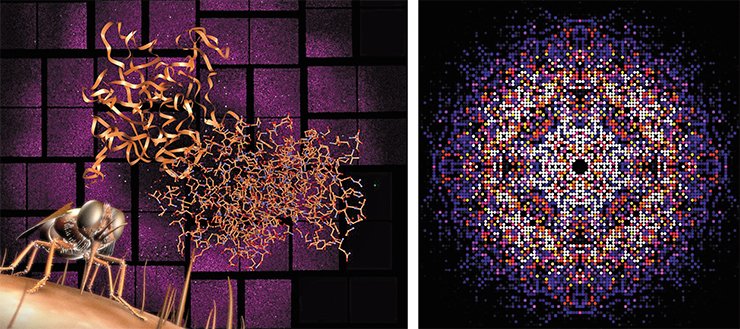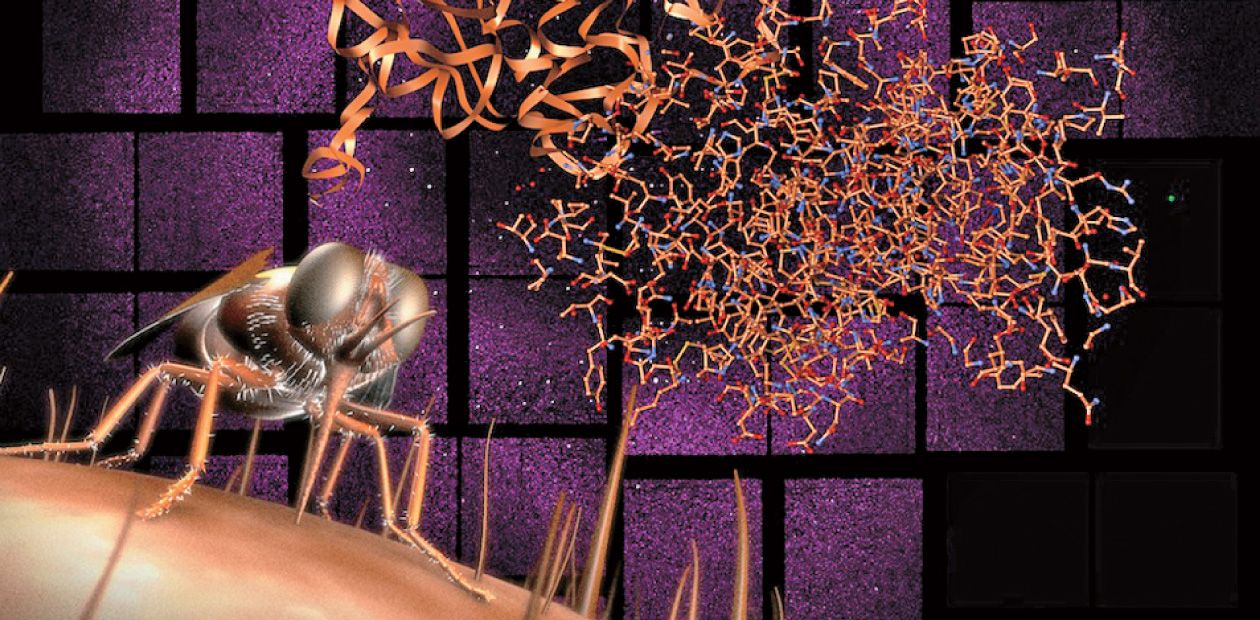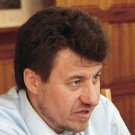Russian Roots of the X-ray Laser
The protein structure was decoded for the first time at the first Linac Coherent Light Source (LCLS) laser (Stanford, USA) in 2012. Despite the importance of the protein itself, which is responsible for the African lethargy, the key words in this discovery are the “first X-ray laser.”
The method of determining the crystal structure using X-ray radiation (high-energy photons) has been known for more than 100 years. Modern synchrotrons can decode almost ten thousand protein structures a year, but the X-ray free electron laser (FEL) is indeed a new step in science because its radiation power brightness exceeds that from all other light sources by a factor of a billion!

In such lasers, it is impossible to make X-rays go back and forth, as it happens in the optical cavity of conventional lasers: there are no mirrors for X-ray radiation. Therefore, it is necessary to amplify radiation very rapidly, within one passage of the photons through the active medium (in the case considered, through a beam of high-energy electrons).
The method was proposed by the researchers of the Institute of Nuclear Physics of the Siberian Branch of the Academy of Sciences of the USSR (Novosibirsk) A. Kondratenko and E. Saldin back in 1980. However, this revolutionary idea did not get any response in the USSR at that time, and later there came perestroika.
As a result, one of the inventors, A.M. Kondratenko, Doctor of Sciences in Physics and Math, got engaged in applied research: at present, he is the head of the Zaryad enterprise in Novosibirsk. His co-author, E.L. Saldin, left for Germany where he persuaded the leadership of a large national laboratory, DESY, in Hamburg to construct an accelerator prototype for experimental verification of this idea. It was a success: the facility started operating in February 2000.
This breakthrough produced a tremendous effect: two world leading laboratories in the field of accelerators, DESY and SLAC, turned from elementary particle physics research to constructing the FELs of the new type. As a result, Stanford was the first to succeed; a similar laser was commissioned in Japan in the same year. As for the German lab, it is going to commission the most powerful 6-km X-ray FEL in Hamburg in 2014. This looks like yet another “Zvorykin’s television”…







